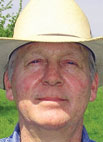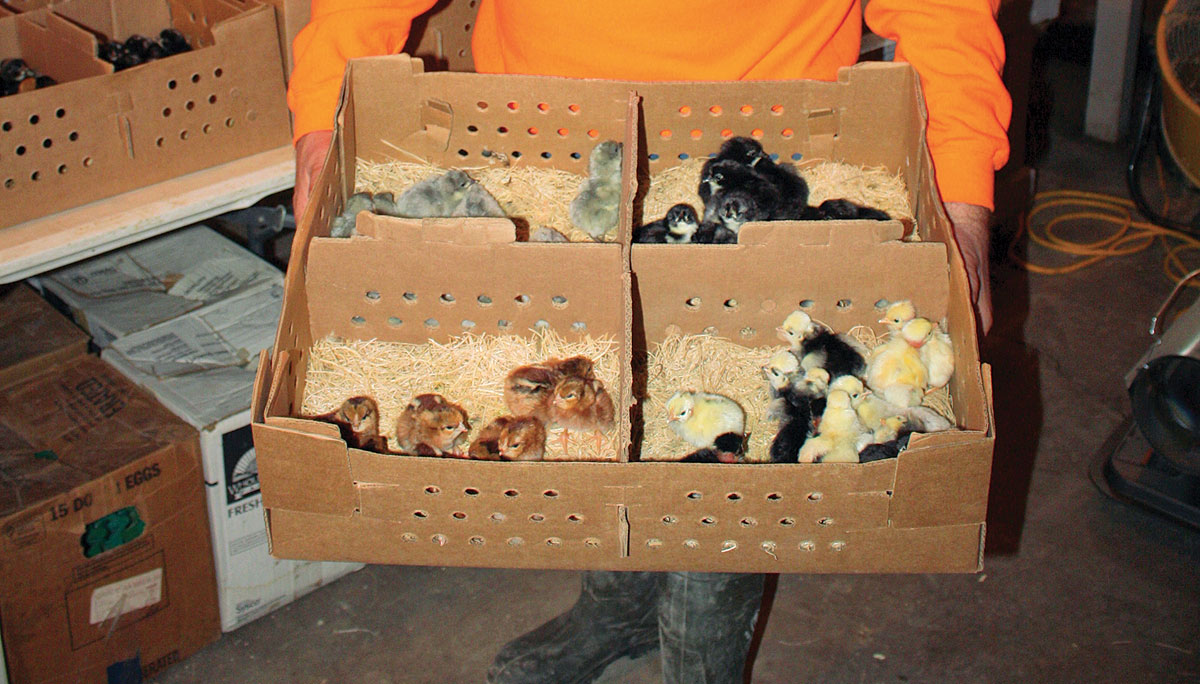
Some cattlemen raise cattle with the consumer in mind, while others focus on the feedlot operator, and still others have their own family in mind. Lonnie McWilliams is a little of everything. Lonnie’s ranch, KD Gelbvieh, is located just west of Sheldon, Mo. KD used to stand for Katie and Dad, and it still does, although “Dad” is the main operator now. When she was in 4-H and FFA, Katie had a lot of success showing their cattle and crossbred hogs. Now, Katie’s kids have their own calves to show. Lonnie and his wife Lora run about 70 cows on their 270-acre farm. Their herd is mostly Registered Red Gelbvieh, though they have a few Charolais and some balancers.
Lonnie likes his Gelbviehs red, because he feels they handle fescue pastures better, tolerate the heat better and have fewer problems with flies. However, he believes that hide color should be one of the last things people consider when choosing cattle, not one of the first. “You should raise what you like, and like what you raise,” Lonnie said. However, he is breeding some black Gelbviehs into his herd, so he can give his customers what they like.
Lonnie is particular about a few traits in his cattle. He values cattle that give just the right amount of milk. Everyone knows the importance of giving a calf the milk it needs, but he has learned that if a cow produces too much milk, she won’t breed back well. He also breeds for calving ease. His farm is 20 miles from his home, so he likes cattle that can take good care of themselves, and their offspring.
The most important trait to Lonnie is disposition. He believes that cattle with good dispositions perform better, are better converters, take better care of their calves and are, of course, easier to get along with. He advocates that producers “let the cattle work for you, not the other way around.”
One way his cows “work for him” is the way they utilize his rotational grazing system. He lets the cows get as much as they can from the grass. By rotation, he is able to let the animals have fresh grass throughout most of the winter, and he doesn’t have to feed much hay. When he does need hay, he prefers to buy it from others. That way, he is able to optimize his land; Lonnie doesn’t have to keep land aside for hay production or commit extra labor and input costs. He also says that buying hay is like buying someone else’s nutrients.
Lonnie breeds for mostly fall calves. He wants them to be able to have plenty of grass when they hit the ground, so he plans for them before Christmas, or after April Fools’. He also tries to avoid using chemicals and hormones. Because he does about 80 percent artificial insemination, Lonnie says he spends as much money on semen every year as he would a good bull. He keeps a herd bull for clean-up, and has been so impressed with his offspring, he is thinking of giving him a more important role than clean-up. He watches EPDs closely, and believes that the tenderness trait is the most reliable, but he also affirms that “just because someone can add, doesn’t mean they can breed good cattle.”
By focusing on moderate frame cattle, Lonnie reaps the benefit of lower feed costs. He subscribes to the theory that smaller-framed cattle need less feed and maintenance. Additionally, Lonnie felt that good pasture could make an animal just as finely finished as a grain fed one. To prove his point, he butchered a grass calf last June, and it was just as he had expected; the carcass quality was very good, and the input costs were less.
Lonnie and Lora raise what they like best, and they like calm cattle that are able to take care of themselves, that thrive on fescue and that raise healthy calves and breed back well. They are always looking to improve their herd, and by selling quality bulls via private treaty, at Farm Fest, and other area venues, they try to help others as well.







